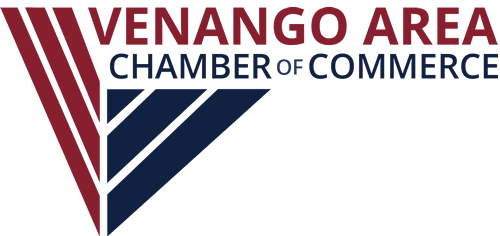By Ashlee Goodman | Raymond James First Street Financial (6 East First St, Oil City; 814-676-6353)

Employer-sponsored retirement plans, such as 401(k)s, are some of the most powerful savings tools available. If your employer offers a plan and you’re not participating, you’re missing a valuable benefit.
Once you confirm a plan is available, make the most of it by understanding it, contributing as much as possible, capturing the full employer match, evaluating investment choices, and knowing your options when you leave your employer.
Understand your plan
Before you can take advantage of the plan, understand how they work. Read what you can and talk to your employer’s benefits officer, financial planner, or other professionals. Recognize features that many plans share:
- Your employer automatically deducts contributions from your paycheck. You may never even miss the money—out of sight, out of mind.
- You decide what portion of your salary to contribute, up to the legal limit. And you can usually change your amount on certain dates or as needed.
- Your employer may match all or part of your contribution. You typically become vested through years of service with the company.
- Your funds grow tax deferred in the plan. You don’t pay taxes on investment earnings until you withdraw your money.
Contribute as much as possible
The more you can save for retirement, the better your chances of retiring comfortably. If you can, max out your contribution up to the legal limit (or plan limits, if lower). If you need to free up money to do that, try to cut certain expenses.
Capture the full employer match
If you can’t max out your plan, at least try to contribute up to the limit your employer will match. Employer contributions are basically free money once you’re vested in them (check with your employer to find out when vesting happens). By capturing the full benefit of your employer’s match, you’ll be surprised how much faster your balance grows. If you don’t take advantage of your employer’s generosity, you could be passing up a significant return on your money.
Evaluate your investment choices carefully
Most employer-sponsored plans give you a selection of mutual funds or other investments to choose from. Make your choices carefully. The right investment mix could be key to a comfortable retirement.
Research the investments available. You may want to get advice from a financial professional (either your own or one provided through your plan). He or she can help you pick the right investments based on factors such as personal goals, attitude toward risk, and how long you have until retirement.
Know your options when you leave your employer
When you leave your job, your vested balance in your former employer’s plan is yours to keep. You have several options at that point, including taking a lump-sum distribution, leaving your funds in the old plan, or rolling your funds over to an IRA or new employer’s plan.
401(k) plans are long-term retirement savings vehicles. Withdrawal of pre-tax contributions and/or earnings will be subject to ordinary income tax and, if taken prior to age 59 1/2, may be subject to a 10% federal tax penalty. Securities offered through Raymond James Financial Services, Inc., member FINRA/SIPC, Investment advisory services are offered through Raymond James Financial Services Advisors, Inc.
This article was published in the Future Leaders & Entrepreneurs Exchange’s (FLEX) April 2021 edition of the FLEX Your Ideas (FYI) Newsletter.
